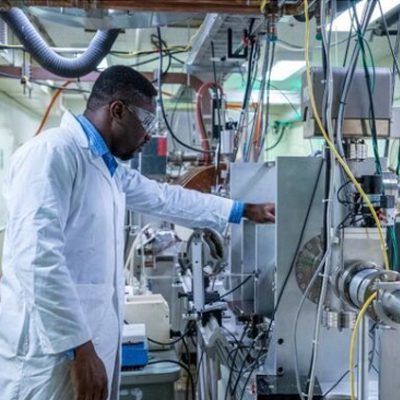The Church in Asia: Origins and Development of the Christian Church in China, Christian missions
Subscribe to the ThinkND podcast on Apple, Spotify, or Google.
Featured Speakers:
- Gabriel Said Reynolds, Crowley Professor of Islamic Studies and Theology and the Director of the World Religions and World Church Program in the Department of Theology, University of Notre Dame
- Xueying Wang, Lecturer in the Department of Theology, Loyola University Chicago
The first virtual event in the Church in Asia series explored the origins and development of the Christian Church in China. This event was moderated by Gabriel Said Reynolds, Crowley Professor of Islamic Studies and Theology and the Director of the World Religions and World Church program in the Department of Theology at Notre Dame and featured Xueying Wang, lecturer in the Department of Theology at Loyola University Chicago. This event began with a formal discussion between Reynolds and Wang, followed by an opportunity for questions and answers from viewers.
Wang began by giving a brief overview of China when Christianity began to spread. During this time, the Tang Dynasty was prospering. Many religions were blooming, including Buddhism and Daoism. Rulers were also very open to new cultures, even sending their prime ministers to meet with other religious orders, including Christianity. Buddhism flourished, even though it was not a native religion to China.
During this time, Christianity was spreading east and enculturating with Chinese practices. Unlike Buddhism, Christianity had a more difficult time integrating with China. Wang points to the very few texts written by Chinese converts to Christianity at this time. Eventually, Jesuits began to enter China, seeking opportunities for missionary work.
One notable Jesuit, Matteo Ricci, was an Italian priest and one of the founding members of Jesuit China. Wang shared that Ricci used a different strategy in his missionary work to spread the religion. Ricci learned classical Chinese and had a strong appreciation for the culture. He used Confucianism and Chinese concepts to teach Christianity. Wang said that since Confucianism was more of a philosophy than a religion, Christian doctrine complimented it quite well and they could be taught side-by-side.
Reynolds’ final question focused on why Buddhism thrived in China more than Christianity did. Wang explained that Buddhism arrived much earlier in China and found a fit between Daosim and Confucianism, which both do not explore the idea of the afterlife. The success of religious enculturation in China eventually paved the trajectory of Christianity in China today.
- The Tang Dynasty’s openness to new cultures provided opportunity for Christian missionary work, (5:11).
- It is uncertain if there were many Chinese converts to Christianity because so few texts were written about it, (14:28).
- Matteo Ricci’s success in his missionary work was related to his appreciation and integration to traditional Chinese culture, (23:08).
- “Our topic today, the origins of Christinaity in China, helps us to appreciate the diversity of the church and its long history in the most populous country in the world. It also offers us an opportunity to engage with the church through non-Christian religions.” — Gabriel Said Reynolds, 3:42.
- “The missionaries consciously made a lot of efforts towards enculturation.” — Xueying Wang, 9:01.
- “Why did [missionaries] move to China? I think it’s this vast land that was seen as a missionary field filled with opportunities.” — Xueying Wang, 18:50.



